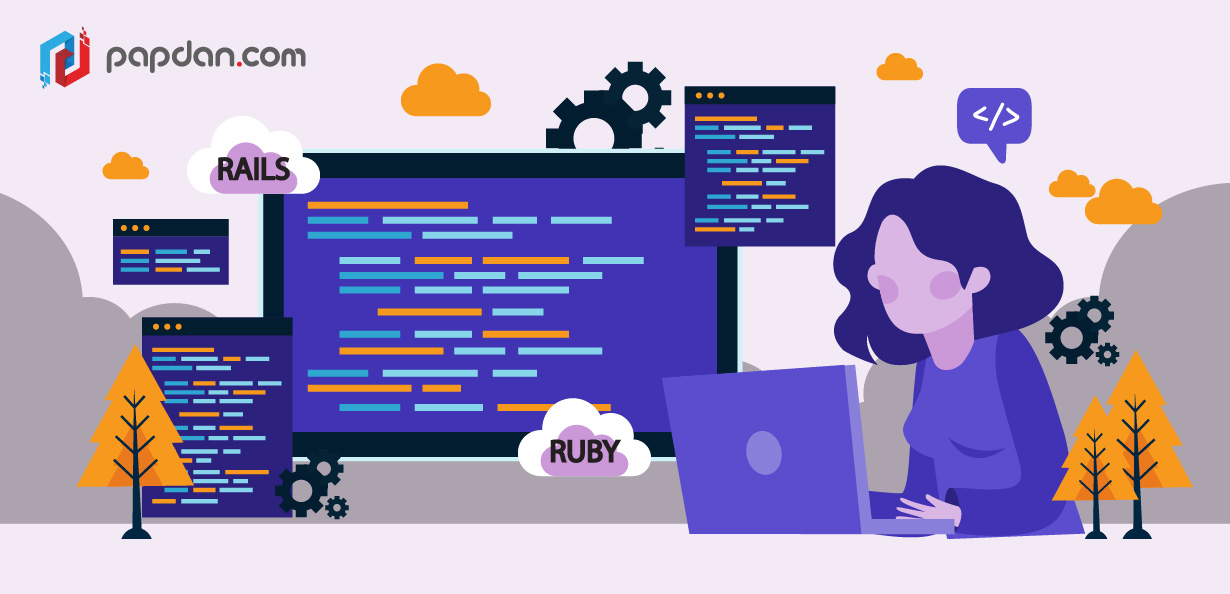Rail is a Ruby-based model-view-controller framework. Without a doubt, the technology is well-known for its robust performance. However, there are a few flaws that might degrade the overall speed of your online application.
Without a question, we all adore Rails, but it isn’t the perfect solution to all of your app’s issues. It does have certain limits. To avoid any such failures, we sat down with our expert web developer team and discussed the most common challenges that every RoR Developer faces, as well as the top tips and tricks that every Ruby on Rails Developer should know at the start of their career in order to build robust RoR web apps.
These are the top 5 ideas and practices for improving the quality and performance of your application on a dynamic basis.
Keep your code clean and simple
The object-oriented ideas of Ruby on Rails are designed to assist you avoid duplicating code across your web application. A excellent Ruby on Rails advice is to reuse as much code as possible rather than repeating similar code several times. This continues the concept of writing code that is clear, legible, and maintainable while decreasing mistakes. The DRY concept is used to produce code that is simpler to read and takes less time to develop. If you just write code in one location, and you need to alter it, you won’t have to resort to shotgun surgery.
“Don’t Repeat Yourself or DRY is a software development philosophy that stipulates that “Every piece of information must have a single, clear, authoritative representation within a system,” according to the Rails website. Our code is more manageable, flexible, and bug-free because we aren’t repeating the same information.”
To balance the load, use CDN
To optimise the application’s traffic, Cloudfront would proceed to the closest edge point to the AWS global network. There’s a good probability that a specific edge point is closer to the user than ALB. Additionally, configure the cloud fronts error page to redirect to your application’s error page.
However, before you do so, make sure you alter CloudFront’s error page to match your application type, since no one wants to see an unattractive CloudFront UI.
Keep the controller’s logic to a minimum
Rails is built around MVC. Maintain a slim controller to improve the code’s testability and readability. Sign up for a free live sample of Ruby On Rails Online Training to learn more about Ruby. When dealing with Database Queries in the controller method, always utilise the second technique. There are numerous logics in the controller, but these are the best practises we can utilise.
- Handling of sessions and cookies
- Finding the correct DB model for a given operation
- Rendering the result based on the request type such as HTML, XML, JSON, etc.
- The logic for gathering parameters and performing the operations is based on those parameters.
Redis for fragment caching
By default, Rails captures the most important data in the file store. If you’re running a production site with many web servers, each with its own set of catch stores. It is necessary to identify those portions of the system that do not change regularly and to make advantage of them in order to provide the best possible service to your users. Additionally, the hiredis gem may be used to load Redis cached material.
Be careful with gems
It would be fantastic if you constantly kept in mind that each diamond is interdependent on the others. When you utilise a lot of gems, the size of your Rails application grows. As a result, performance in production situations may suffer. The RAM configuration on the server may also be increased. When adding gems to your application, be careful and cross-check.

